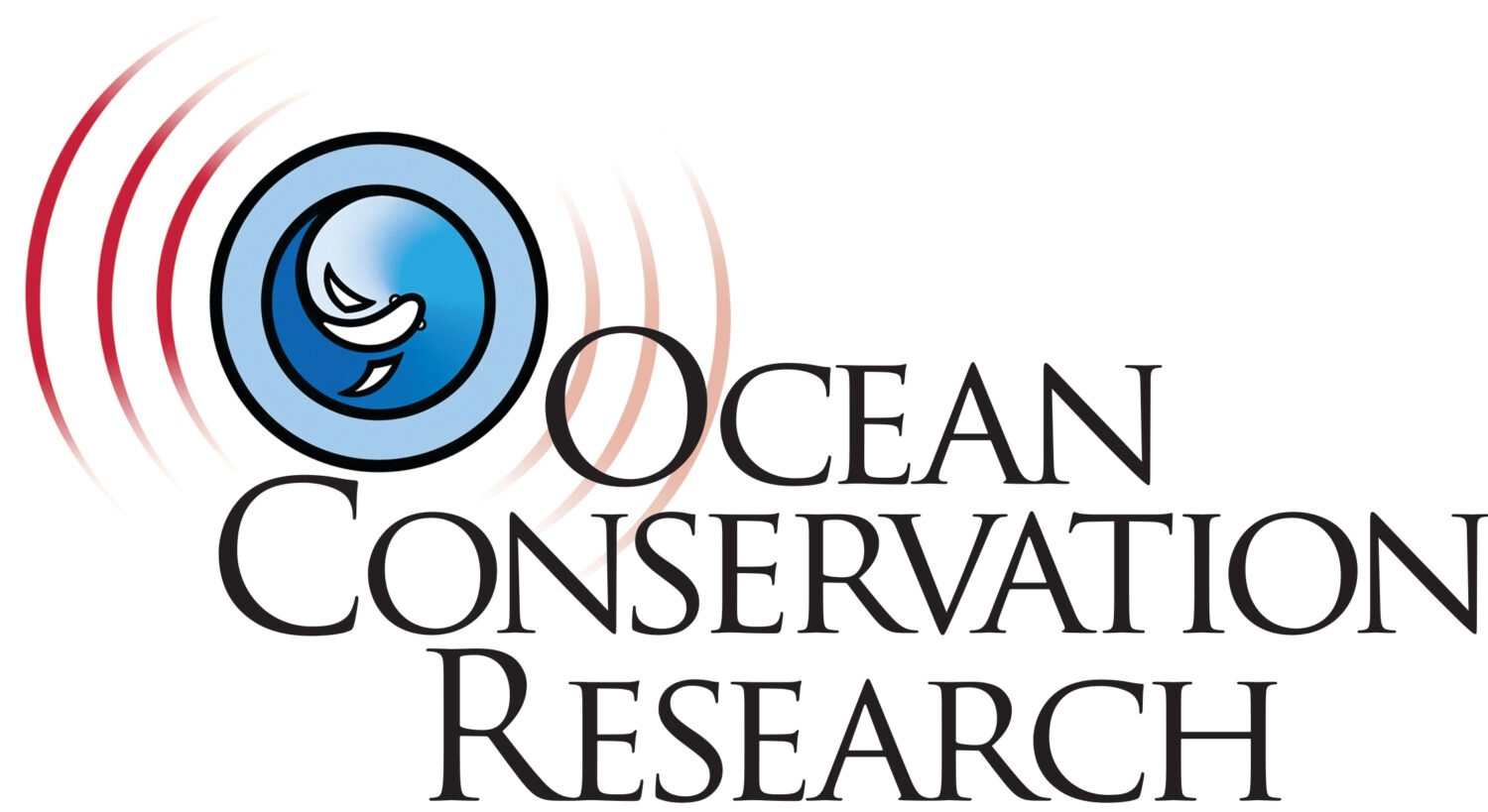This last weekend the U.S. Navy issued a press release over the wires that was carried by a number of national news outlets. The piece anticipates the submittal of a Draft Environmental Impact Statement (DEIS) for public review on the Hawaii-Southern California Training and Testing operations (HSTT/EIS) and really addresses with candor the fact that more accurate models and technologies indicate higher potential impacts than earlier models and suppositions would have shown.
While this is not a surprise to us in the conservation business, the Navy’s new candor is a breath of fresh air. It is a pleasant phase-shift away from the denial, obstruction, propaganda, and ad homonym attacks of earlier times – when environmental voices were accuse of being “un-patriotic” (I was called “the enemy” by a Navy staff person at the low point of one public hearing).
I suspect that those who control messaging for the Navy have come to realize that honesty with the public is much easier to manage than subterfuge (expanding on my mother’s sobriquet “honesty is the best policy”). This is of course welcome, and is also being represented in the recent past with their more general openness and participation in public hearings and scientific working groups.

U.S. Navy Training Ranges (except Alaska)
Nonetheless the real questions remain with this Training and Testing operation on the heels of the Northwest Warfare Training Range (WTR), the Gulf of Alaska WTR, the Southern California Training Complex, the earlier Undersea WTR, Pacific Rim (RIMPAC) training exercises, and a host of others: Does the entire sovereign waters of the US need to be a warfare training range? And perhaps more to the point: How many marine animals should the Navy be “permitted” to kill or maim to advance our military mission?
